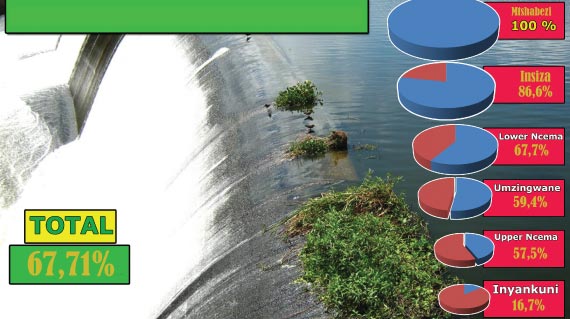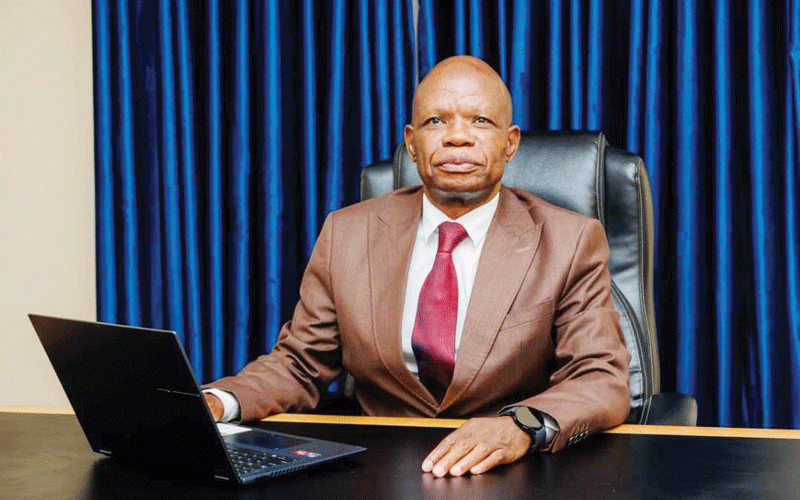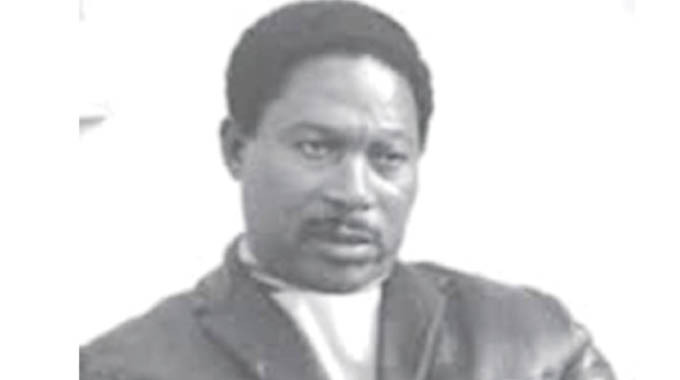
BULAWAYO City Council’s water supply dams are currently 78,44% full with daily consumption averaging about 100 000 cubic meters.
CHIEF REPORTER
The dams have gained significantly since rains started pounding Bulawayo and surrounding areas last week after a brief dry spell.
According to statistics released by council, as of yesterday Insiza and Mtshabezi dams were still 100% full, Umzingwane (71,2%), Inyankuni (25,3%), Lower Ncema (85,7%) and Upper Ncema 70,1% full. Although Mtshabezi is 100% full, council has not been drawing water from the dam since January 17 due to an unspecified breakdown.
“As from Friday the 17th of January 2014, there has been no pumping from Mtshabezi due to a breakdown.
“Zinwa (Zimbabwe National Water Authority) is currently working on the pipeline and the supports for the pumps at pump house,” a council report said.
The six supply dams last reached these percentage levels 15 years ago when a combined 92,23% capacity was recorded.
- Chamisa under fire over US$120K donation
- Mavhunga puts DeMbare into Chibuku quarterfinals
- Pension funds bet on Cabora Bassa oilfields
- Councils defy govt fire tender directive
Keep Reading
That was at a time council was still drawing water from Khami Dam which had since been decommissioned.
According to the update, as of last Sunday, consumption was 122 072 cubic meters, but 124 544 cubic meters and 124 501 cubic meters were recorded on Thursday and Friday respectively.
Monday had the lowest consumption of 94 076 cubic meters.
With significant inflows recorded, council resolved to suspend water-shedding while water rationing remained in force. Both are subject to review at the end of the rainy season.
Water rationing limits in low-density areas are still pegged at 350 litres per day, high density (3 00l per day), cottages (2 00l per day) and residential flats with individual meters (3 00l).
Bulawayo has over the years been facing perennial water shortages which have been attributed to residential expansions demanding more water supplies while no new dams have been built.
The city’s population currently stands at about 1, 5 million and the last dam to be built was commissioned in 1976.











